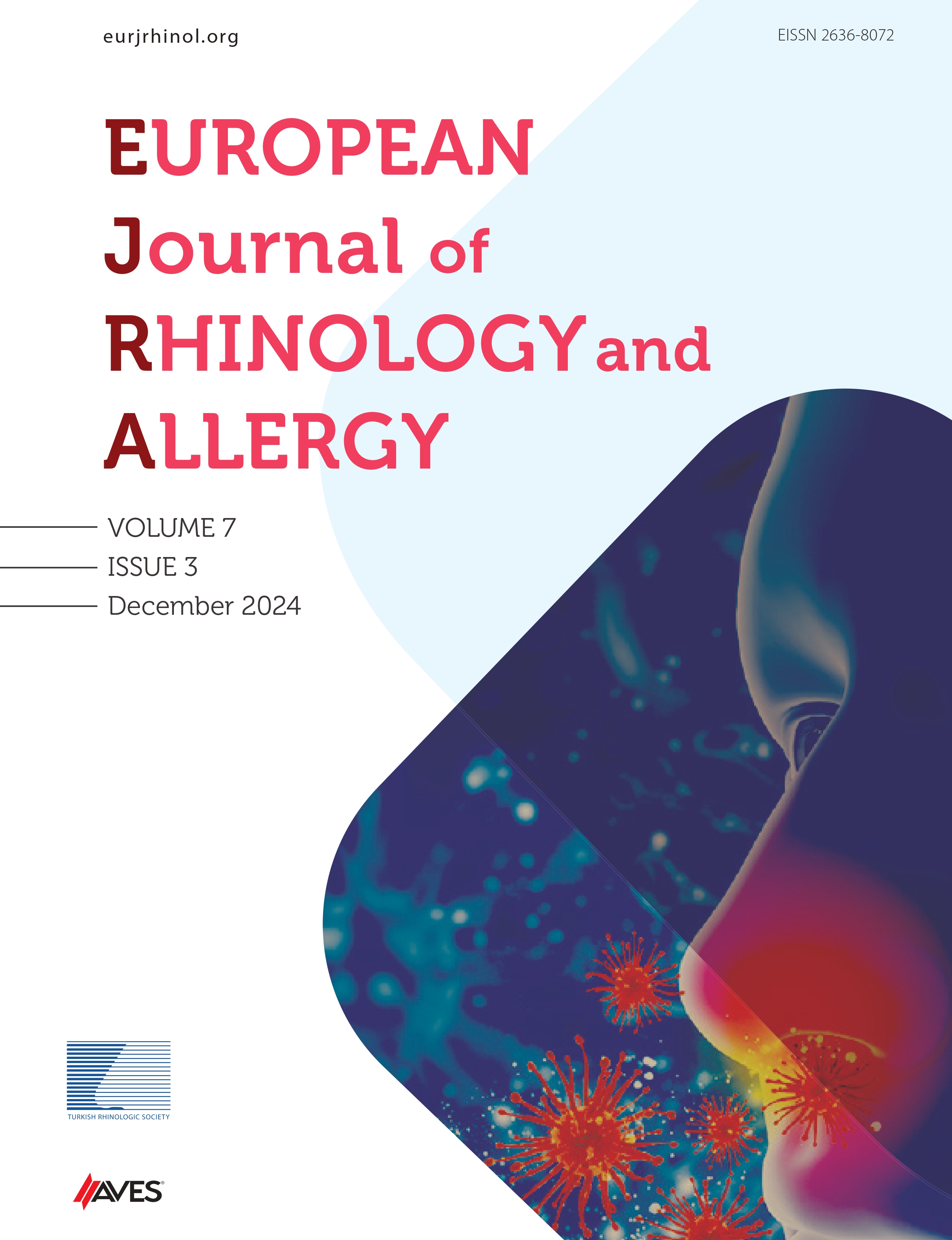Objective: To evaluate the safety and adverse effects of high-intensity-focused ultrasound compared to diode laser turbinoplasty techniques. Hypertrophy of the inferior nasal turbinate is the most frequent cause of nasal obstruction, causing considerable impacts on patients’ quality of life, and the type of surgical technique relies on effectiveness of the procedure, in addition to safety with fewer adverse effect.
Methods: A comparative study with 74 adult patients, complaining of nasal obstruction due to bilateral inferior hypertrophy, were eventually and randomly divided into 2 groups: group (A) consisted of 37 patients, treated with high intensity-focused-ultrasound turbinoplasty, and group (B) consisted of 37 patients, treated using the diode laser technique. Clinical parameters, such as postoperative pain score, intra- and postoperative bleeding, postoperative crusting and synechiae, and healing rapidity process, were analyzed and compared between the 2 groups.
Results: Mean pain score was significantly higher in group (B) in comparison with group (A), P-value (.001) on the second postoperative day, and P-value (.0001) on the third, fourth, and fifth postoperative days. Mean intraoperative bleeding score was higher in group (B) (2.9 ± 0.7), compared to group (A) (1.3 ± 0.5), with P-value (.0001). However, there was no significant difference between group (A) and (B) regarding bleeding postoperatively, P-value (.521). Mean rapidity of healing process and crustation formation were higher in group (B) than in group (A), with P-values (.001 and .0023) respectively. No synechiae (0%) was observed in either group during 3- month follow-up.
Conclusion: High-intensity-focused ultrasound turbinoplasty was associated with fewer adverse effects compared to diode laser technique.
Cite this article as: Mohammed AA, Jwery AK, Dawood MR. High intensity focused ultrasound versus diode laser for treatment of inferior turbinate hypertrophy. Eur J Rhinol Allergy 2024;7(3):89-94.

.png)

.png)